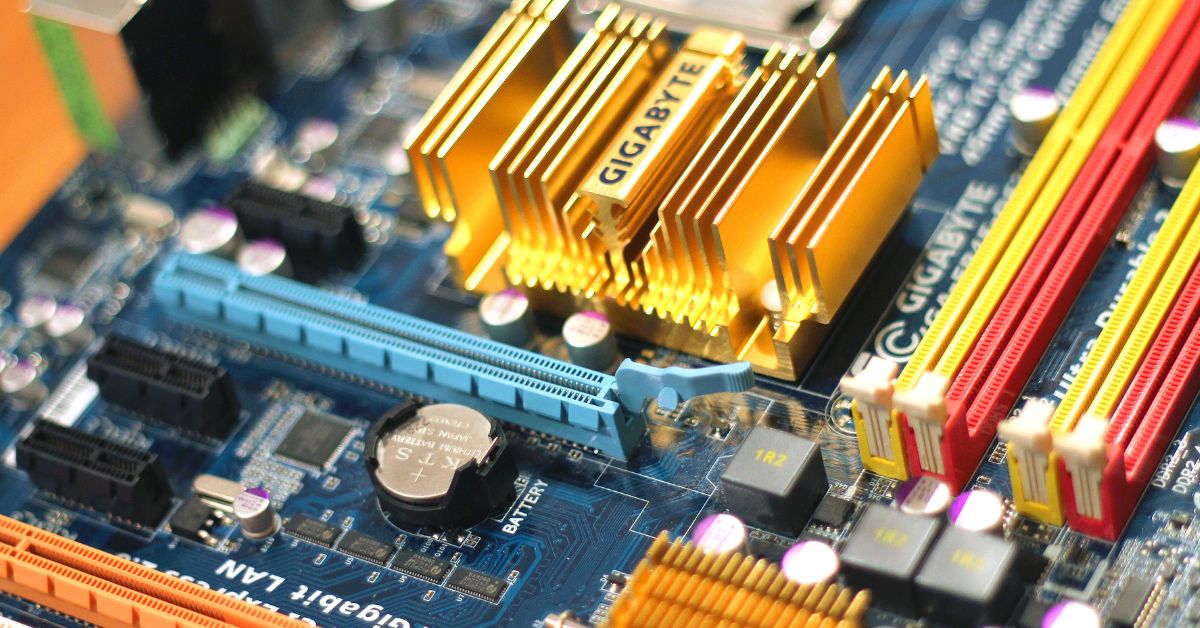
Quantum Computing Explained in Simple Terms
Outline:
- Why Classical Computers Are Hitting Their Limits
- The Strange World of Quantum Physics
- Qubits vs. Bits: A Whole New Language
- Why Quantum Computers Matter
- What Quantum Computers Can (and Can’t) Do Yet
- A Glimpse Into the Future
- Thinking Beyond the Binary
- FAQs
Why Classical Computers Are Hitting Their Limits
For decades, our computers have become faster, smarter, and smaller. But there’s a ceiling—a fundamental one. Classical computers, no matter how powerful, work through a series of ones and zeros. Every calculation, every photo edit, every rocket launch boils down to binary switches being flipped, one at a time.
But what happens when problems become too big, too complex, too multidimensional for that kind of thinking? Problems like simulating a molecule to cure a disease, or optimizing supply chains with trillions of variables?
This is where classical computing starts to break—and quantum computing begins.
The Strange World of Quantum Physics
To understand quantum computing, you need to take a short, mind-bending trip into the quantum world—a realm where particles can exist in two places at once, be both up and down, and affect each other instantly across vast distances.
It sounds like science fiction, but it’s real. In this bizarre domain of atoms and subatomic particles, the rules we’re used to—yes or no, here or there—simply don’t apply.
Instead, we get superposition and entanglement—two principles that give quantum computing its radical power.
Qubits vs. Bits: A Whole New Language
Think of a classical bit as a tiny light switch. It’s either on (1) or off (0). Every task your laptop performs is a combination of these on/off states.
Now imagine a qubit—the quantum version of a bit. A qubit can be 0, 1, or both at the same time, thanks to superposition. This means that two qubits can represent four possibilities at once (00, 01, 10, 11), not just one of them. Add more qubits, and the possibilities explode exponentially.
Then comes entanglement, where qubits become mysteriously connected, so that the state of one instantly affects the other—no matter the distance. This allows quantum computers to solve interconnected, dynamic problems in a way no classical machine ever could.
In essence, quantum computers don’t just try one path—they try many paths simultaneously.
Why Quantum Computers Matter
Quantum computing isn’t just about speed. It’s about possibility.
Imagine discovering new medicines by simulating molecular interactions that today’s computers can’t handle. Or solving climate models with thousands of variables. Or cracking encryption—or creating unbreakable security.
Even beyond practical use, quantum computing forces us to rethink our assumptions. It challenges the very logic we’ve built civilization on. It’s not just more computing power—it’s a new kind of thinking.
What Quantum Computers Can (and Can’t) Do Yet
Let’s be clear: we’re still early in this journey.
Today’s quantum computers are like the Wright brothers’ airplane—historic, but fragile. They require ultra-cold environments, they’re prone to errors, and they’re incredibly sensitive to interference. The term for this phase is “noisy intermediate-scale quantum” (NISQ), meaning they’re powerful, but not yet reliable.
They’re not going to replace your laptop next year. They’re not going to make every task faster.
But in very specific domains—like optimization, chemistry, and cryptography—they hold groundbreaking potential. Think of them as specialized tools, not general replacements.
A Glimpse Into the Future
Tech giants like Google, IBM, and startups like Rigetti are racing to build better quantum machines. Some countries are investing billions in quantum research. Why? Because whoever cracks the quantum code first may gain enormous technological, economic, and geopolitical power.
But it’s not just a race. It’s a redefinition. Quantum computing could change how we model the brain, build materials, or even understand consciousness.
The real leap, though, is philosophical: embracing a world that isn’t black or white, but full of shimmering probabilities.
Thinking Beyond the Binary
Quantum computing teaches us a deep lesson: the universe isn’t as rigid as we once thought. Possibility exists between certainty and doubt, between one and zero.
In many ways, this mirrors our lives. We are not always one thing or the other. We are mixtures of thought and emotion, logic and intuition, constantly evolving. Just as a qubit holds many states, so do we.
And maybe the real gift of quantum computing isn’t just faster science—it’s expanding our mental models. Encouraging us to think more fluidly, more creatively, and more humbly in the face of complexity.
In a world obsessed with clear answers, quantum thinking invites us to explore the beauty of uncertainty—and to see possibility where we once saw limits.
FAQs
Can quantum computers run normal programs like my laptop?
No. Quantum computers are not designed for general tasks like browsing the web or writing documents. They are specialized tools best suited for solving specific, highly complex problems.
Is quantum computing dangerous for cybersecurity?
Potentially. In the future, quantum computers could break current encryption methods. However, scientists are also developing quantum-safe cryptography to stay ahead.
When will quantum computers be mainstream?
It’s hard to say. Most experts estimate it will take 10–20 years before large-scale, fault-tolerant quantum computers become commercially viable—but research is accelerating rapidly.